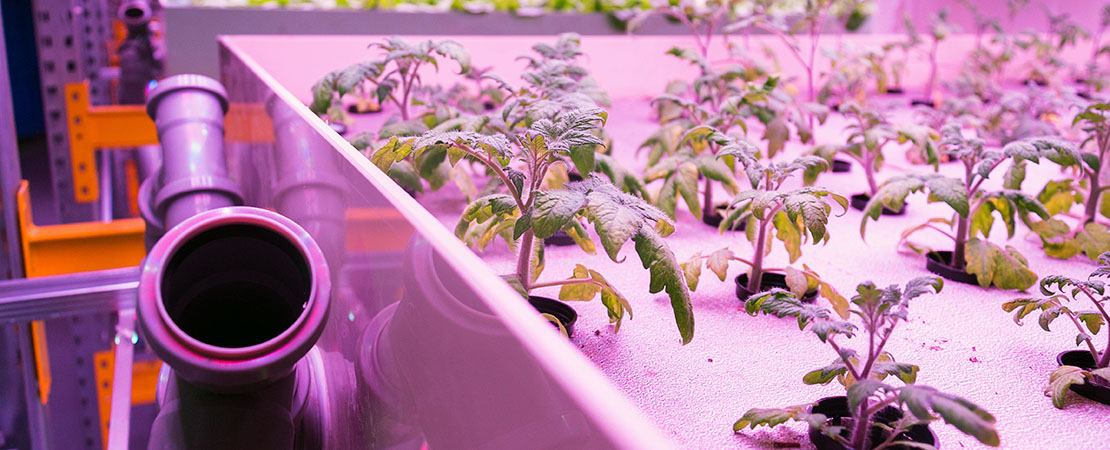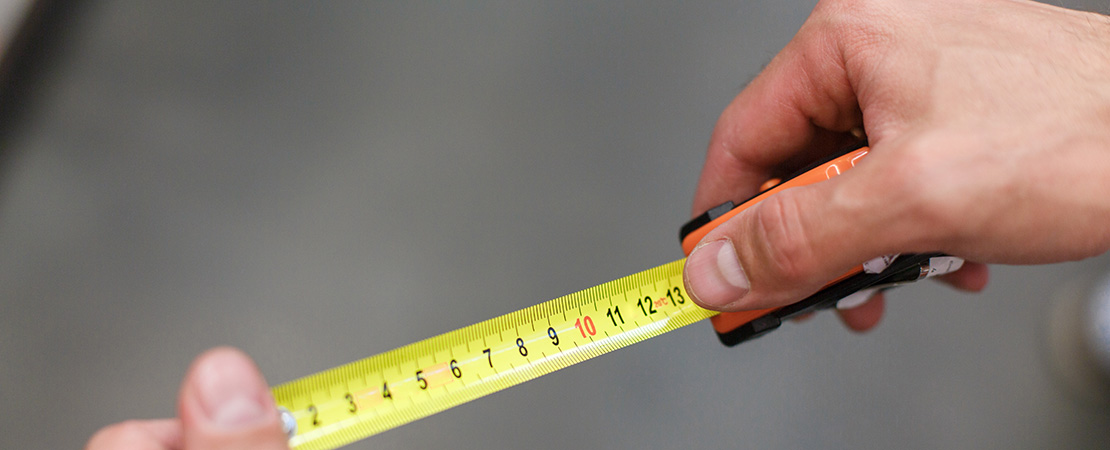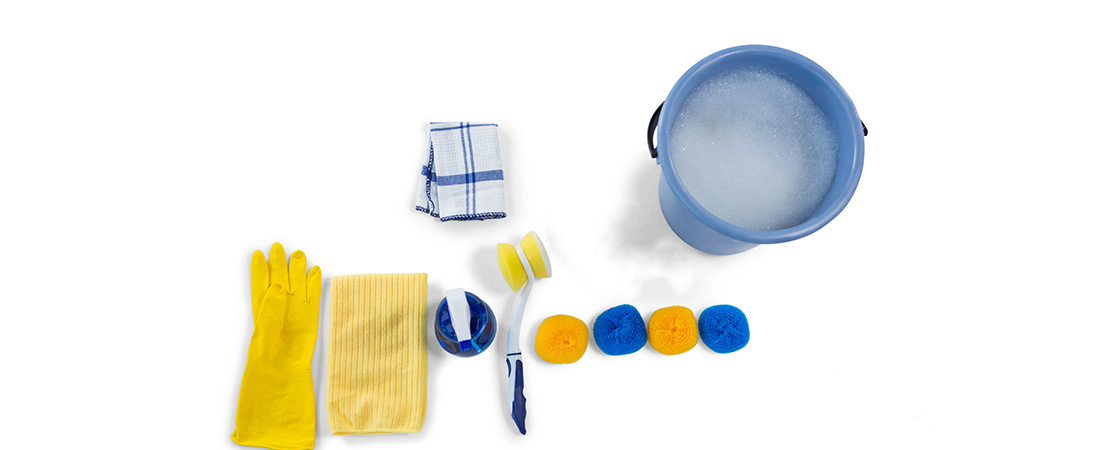Rolling Vertical Grow Racks; A New Way To Stack More For Your Space
If you have the wrong grow room supplies, your operation was doomed long before you bought those tiny dark-brown cannabis starting seeds.
There are many components needed to have a successful and efficient grow operation. We are here to make sure that none of these components gets overlooked.
One of the most essential components of any indoor grow operation is racking, specifically, high-density mobile shelving racking and rolling vertical grow racks.
Why Do You Need Mobile Shelving Systems for Your Grow Operation?
Vertical farming aims to help you save space by building an agricultural space vertically rather than the conventional horizontal method.
Rolling benches are the new alternative to mobile benching/racking…but what’s the difference?
Mobile benches are basically multi-tier racks on wheels. Rolling benches, in contrast, are the same multi-tier rack but now on a rolling bar.
Using a rolling bar allows for one worker to easily move benches that are sometimes spanning up to 100 feet. This feature helps increase speed, efficiency, and worker safety when tending plants.
Also, the mobility of the racks helps provide significantly more grow space in your operation. Whereas with static, non-mobile units, you need an aisle for every section of shelving. By going mobile, you only need one aisle total. By going mobile you turn your aisles into yields.
The vertical racks are made unique to suit the farming system you have running.
Three Types of Vertical Farming
1. Hydroponics
Hydroponics is the growing system most commonly used in vertical farms. It involves growing plants in a nutrient solution free of soil. The cannabis roots are submerged in the solution, which is (in most cases automatically) monitored and circulated to ensure a correct chemical composition is maintained.
How is water supplied to the tower? A typical vertical racking will have a reservoir tank at the bottom. The tank is attached to a special hydroponic pump that propels water to the topmost point of the tower.
For a steady flow of water across the tower, the system relies on gravitational force to bring the water back to the reservoir after a full circulation.
2. Aeroponics
Aeroponics was developed by NASA in a bid to find practical ways to grow crops in space. The mission of these brilliant minds was to find a way to grow plants in an air/mist environment with no soil or very little water.
Aeroponics consumes 90% less water, levels that even the most efficient hydroponics system could only dare dream about.
Moreover, plants grown through aeroponics have been shown to take up more minerals and vitamins, making them healthier and potentially more nutritious.
3. Aquaponics
Aquaponics is a diverse system that incorporates plants and fish in the same ecosystem.
Fish are hosted in indoor ponds, producing nutrient-rich waste that’s food for plants. The plants then filter and purify the wastewater, which is recycled to the fish ponds.
The nature of aquaponics makes it uneconomical for commercial vertical farms; however, it can work well for small-scale farming.
Five Benefits of Having Rolling Vertical Grow Racks For Your Cannabis Grow Rooms
Rolling vertical grow racks bring new dynamics to a grow room that set it apart from other systems.
1. Watering And Caring For Plants Is Simplified
Mobile systems allow you to move racks back and forth to create aisles as needed for easy plant maintenance.
Moreover, these systems can come with a retractable mezzanine walkway that helps employees access those plants located on higher elevations
2. A Simple Approach To Increase Your Revenue By Making Extra Space On the Fly
This means you can turn your warehouse overhead space into revenue by providing more plant-growing area. You can also relocate entire rows of plants next to each other to maximize the growing area.
3. Higher Yields
High-density vertical grow racks can accommodate multiple levels of fans, plants, lighting, and irrigation equipment, allowing for higher yields.
4. Code Compliance
Commercial cannabis cultivation is still a new concept, and stakeholders are still working on local building codes. Having your operation backed by a reputable company ensures your systems are built to meet all the necessary regulations.
5. Improved Ergonomics
Rolling vertical grow racks often come in widths of 4′, allowing for convenient access to every plant across the expanse of the trays.
The mobility of the systems allows for aisles to be created with ease, with employees being able to freely walk back and forth between the 3′ aisle to tend to their plants.
Six Qualities Of A Good Rolling System
As you choose the best cultivation system for your commercial cannabis grow room, there are various factors to consider.
1. Anti-corrosive
The atmosphere in a grow room can be harsh on the materials used in vertical racks. The air is humid, and a variety of chemicals are being handled. To endure the extreme conditions, the materials used in the construction of the racks must be anti-corrosive and rust-free. This feature also impacts the shelf’s durability or longevity.
2. Strong, Durable Material
Vertical racks can be made from a variety of materials. However, stainless steel and aluminum are the most prevalent and recommended materials. These materials are strong while being lightweight. This ensures the security of your crops while minimizing the load on your building.
Because of the robust materials, the systems can withstand seismic complications, guaranteeing the safety of your workers and keeping your operation running efficiently.
3. Customization Options
You need to select a system that is appropriate for your project. Depending on the dimensions of your room, the system must be installed differently, either horizontally or vertically, to fit precisely.
Furthermore, whether you are performing hydroponics or aeroponics, each type has distinct requirements that your service provider needs to consider.
4. Installation Services
A good rolling systems installation provider does more than just fix the racks to your grow room. The shelves must be nicely integrated into the overall design of the area. Detailed floor layouts and tailored drawings are required to help maximize capacity.
Also, because no two green operations are the same, the systems ought to be tailored to the exact requirements of your grow space.
5. An Automated Rolling System
Manual rolling shelves are safe to use and work well. Then again, an automated system benefits your staff, especially when your cannabis plants grow, increasing the load on the shelving.
6. Anti-tip System
For those operations in seismic zones, an anti-tip system should be the priority. This helps to keep the shelves stable and prevents them from falling over.
The load of the plants on the shelves can be substantial, especially as the levels increase. This component is often installed at the base rail and activates when shelves begin to topple.
Equip Your Grow Room With the Best Rolling Vertical Grow Racks
Rolling vertical grow racks helps your grow operation be more efficient and profitable. The rack, when properly installed, enhances flexibility, flow efficiency, and the ergonomy of your operation. Overall it helps beef up what you can do in the available space, turning in quality and higher yields.
The key to working rolling vertical grow racks is an experienced installation provider. MMI Agriculture is a high-density vertical grow rack manufacturer located in Ellenville, NY. We specialize in designing, manufacturing, and installing high-quality and durable mobile, vertical grow rack shelving systems for the indoor agriculture industry.
Contact us today to learn more and/or to get a quote.












